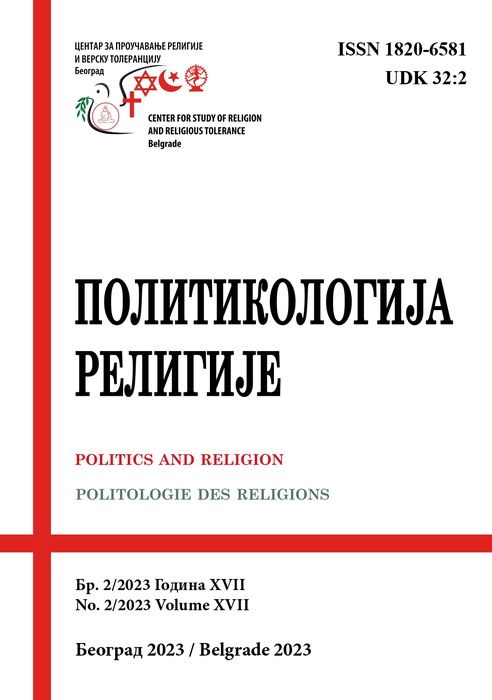CATHOLIC PARTISANSHIP IN THE 2020 PRESIDENTIAL ELECTION: DEMOGRAPHIC AND CULTURAL CLEAVAGES
CATHOLIC PARTISANSHIP IN THE 2020 PRESIDENTIAL ELECTION: DEMOGRAPHIC AND CULTURAL CLEAVAGES
Author(s): Thomas V. Feingold, James L. GuthSubject(s): Christian Theology and Religion, Politics and religion, Sociology of Religion
Published by: Центар за проучавање религије и верску толеранцију
Keywords: partisanship; Catholics; ethnicity; socioeconomic status; religiosity
Summary/Abstract: Catholics have long been an important force in American electoral politics, but the direction of that influence has changed in recent decades. Once a mainstay of the New Deal coalition, the community’s political loyalties have shifted away from the Democrats to a virtual partisan equilibrium, with white Catholics drifting to the Republican camp and the growing number of Latino and other “new ethnics” providing Democratic votes. Here we examine the demographic structure of Catholic partisanship, testing four perspectives used by Shafer and Spady to identify the social underpinnings of partisan orientations, perspectives which also characterize the literature on Catholic alignments. These alternative views stress (1) social class and education; (2) racial and ethnic influences; 3) “domestic roles,” such as gender, sexuality, family structure, and residence; and, finally (4) religious cleavages. We find that ethnic divisions contribute massively to contemporary Catholic partisanship, but that socioeconomic influences have faded dramatically. Religious factors, especially theological views, have become much more salient. We also discover that socioeconomic status is more influential for Latinos, while religion matters more for white Catholics. Finally, we show that conclusions drawn about the structure of Catholic partisanship depend in part on the survey used and the specific measures available.
Journal: Политикологија религије
- Issue Year: XVII/2023
- Issue No: 2
- Page Range: 327-351
- Page Count: 25
- Language: English

